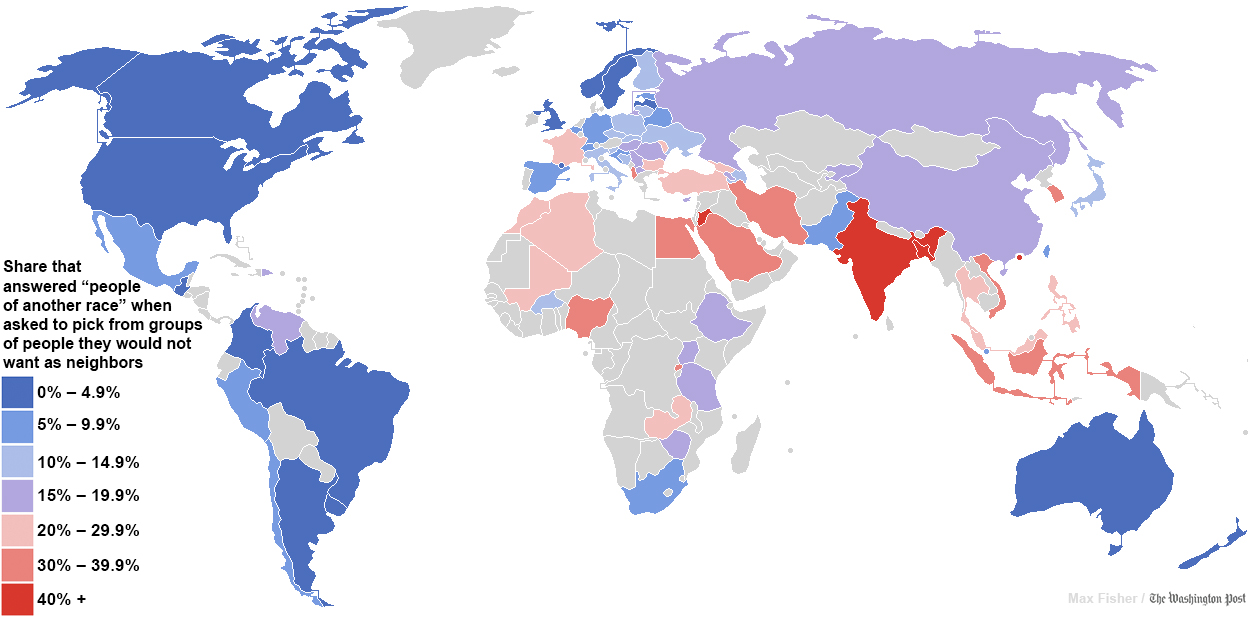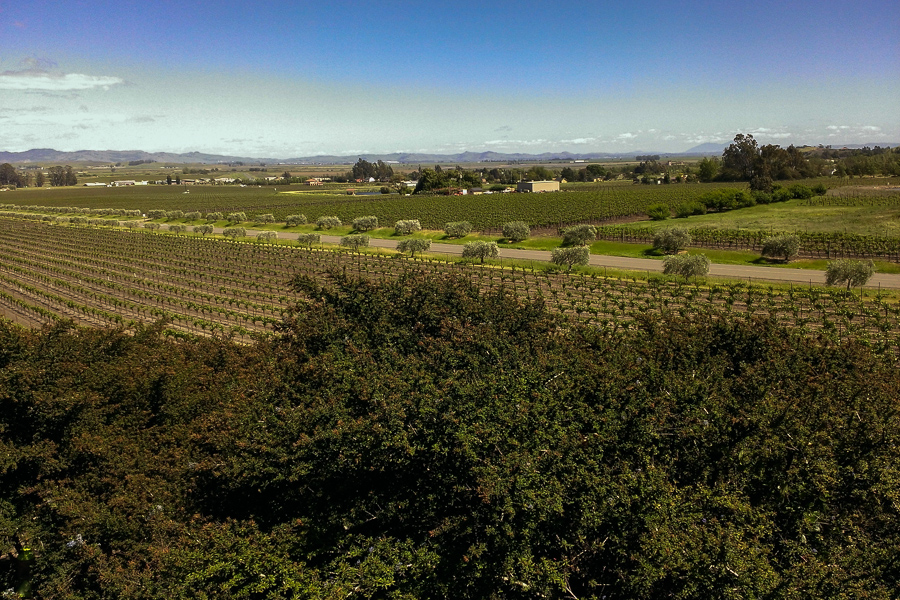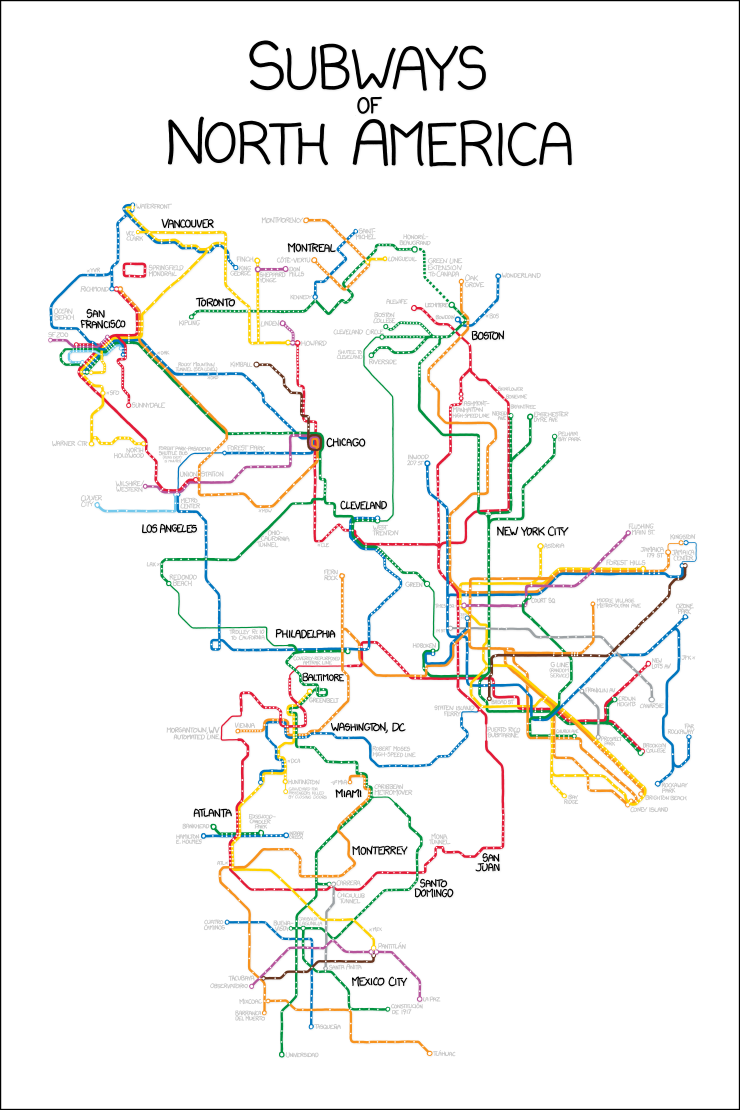Via Sullivan, Max Fischer at WaPo found an interesting proxy for racial tolerance:
Among the dozens of questions that World Values asks, the Swedish economists found one that, they believe, could be a pretty good indicator of tolerance for other races. The survey asked respondents in more than 80 different countries to identify kinds of people they would not want as neighbors. Some respondents, picking from a list, chose “people of a different race.” The more frequently that people in a given country say they don’t want neighbors from other races, the economists reasoned, the less racially tolerant you could call that society.
Here’s what the data show:
Anglo and Latin countries most tolerant. People in the survey were most likely to embrace a racially diverse neighbor in the United Kingdom and its Anglo former colonies (the United States, Canada, Australia and New Zealand) and in Latin America. The only real exceptions were oil-rich Venezuela, where income inequality sometimes breaks along racial lines, and the Dominican Republic, perhaps because of its adjacency to troubled Haiti. Scandinavian countries also scored high.
Here's the map:

I'd love to see this data mapped at the U.S. county level...
Via Kottke, a few fascinating minutes color footage of London shot in 1927:
Want more 1920s UK footage? Voilà.
Canadian astronaut Chris Hadfield transferred command of the International Space Station to Cosmonaut Alexander Misurkin yesterday afternoon. As a parting gift, with a little help from his friends (including David Bowie), he made this:
I've followed Hadfield's Facebook page for a while, enjoying his photos, observations, and occasional scoops (he did, after all, know about Saturday's space walk before anyone in the press). I hope Commander Misurkin continues Hadfield's habit of posting stuff. Here, as just one example, is London in February:
.jpg)
Sadly, Canadian budget cuts make it unlikely Hadfield or any other Canadian will return to the ISS for a while.
Welcome home, Col. Hadfield!
Via Atlantic Cities, this is cool. MapFrappe allows you to draw a geographic figure in one place and superimpose it on another. Like, for example, my neighborhood over London, or Chicago's Loop over the Vatican.
I just listened to a This American Life segment by Andrew Forsthoefel, a 23-year-old from southeastern Pennsylvania who walked across the U.S. for a year. Fascinating.
He wound up, after walking 6,000 km, in Half Moon Bay, Calif., about 800 m from my family's house. I have to say, if I were to walk across the U.S., I'd want to wind up in Half Moon Bay, too.
What a start to this kid's life. I'm looking forward to hearing more from him.
I had a few hours of free time yesterday, so I went up to the Gloria Ferrer winery in Sonoma. I don't know how people can live like this:

From Randall Munroe, an especially brilliant comic this morning:

Instead of a bunch of stoplights and crosswalks—and a bunch of accidents involving pedestrians—the village of Poyndon, 20 km north of Manchester, created shared space at its busiest crossroads:
Now, a year after construction wrapped up, a video called "Poynton Regenerated" makes the case that the shared space scheme maintains a smooth flow of traffic while simultaneously making the village center a more attractive and safer place for pedestrians, leading to increased economic activity downtown.
In the "Regenerating Poynton" video, several people who admit to having been skeptical of the plan say that after it was put in place, they came to see it as a dramatic improvement. A local city councilor says that the main street no longer seems like a dying place, as it had for years before the change. Some 88 percent of businesses in the area are reporting an increase in foot traffic, and real estate agents say they're seeing new interest in buying property in the area.
Here's the video:
The Atlantic Cities blog has two nicely-juxtaposed stories today: "A brief history of Suburbia" and "If Your City Were Wrecked by Totalitarian Urban Planners."
The first:
[C]ity historian Graeme Davison of Monash University, in Australia...begins with the birth of modern suburb in the early-to-mid 19th century. By the 1830s, he writes, cities like London and new industrial towns like Manchester were beginning to expand outward, stretching the boundaries of the original cores. One observer in 1843 noted that unlike Paris (which was wilderness outside the city center) and Rome (which was desert), London was made of concentric sub-communities "like onions fifty on a rope."
Davison argues that it wasn't just "sheer pressure of population" that encouraged this early form of sprawl. Many factors played a role in the change, including improved rail transit that facilitated movement inside and outside town centers. Davison also points to four major ideologies—one each in the realms of religion, science, the arts, and social life—as critical sources of the shift....
The second:
Romanian authoritarian ruler Nicolae Ceauşescu infamously left a heavy mark on the capital city of Bucharest with a massive urban planning scheme known as the Centrul Civic. In the 1980s, the project displaced 40,000 people, demolished churches and monasteries in the way, and replaced it all with 8 square kilometers of communist-era concrete buildings and government complexes in the heart of what had been a historic city.
One of the new monuments, the 3.7 million square-foot Palace of the Parliament, is thought to be the largest administrative building in the world, and it anchors the Centrul Civic along a dramatic axis in much the same way that the U.S. Capitol does in Washington, D.C. To this day, the palace and the brutally rebuilt urban fabric around it remain “perhaps the most violent scar left by a totalitarian regime,” in the words of Bogdan Ilie and Dan Achim.
I will finish reading them...someday...